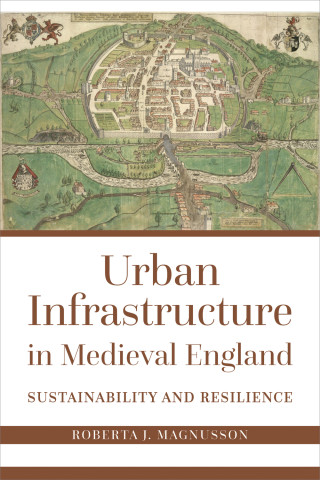
Reviews
This brief volume, meticulously footnoted, generously illustrated, and beautifully produced by the Johns Hopkins University Press, could certainly be adopted in advanced undergraduate and graduate courses. It might well teach history majors and graduate students the value of daring to ask questions for which there are no easy or complete answers, and of painstakingly piecing together fragmentary evidence from a wide range of archival, archaeological, and material collections. Shrum’s intelligent use of cultural theory and interdisciplinary perspectives might also serve as a model for advanced history students.
A superb reflection of the many meanings held by an object usually taken for granted. Highly recommended.
Shrum's work is required reading for upcoming scholars who are attempting to trace the social life of things in the formation of American identities.
In the Looking Glass: Mirrors and Identity in Early America is an important contribution to the fields of early American history, material culture studies, and cultural and American studies. Shrum's study will help scholars recognize how the study of records and other historical evidence, in highlighting the silence of certain groups of people, also enables us to see what forces determined those silences.
Shrum's accomplishment is to tease out the many meanings that made looking glasses among the most widely owned and used consumer good in early America.
Rebecca Shrum's [In the Looking Glass] packs a powerful punch. Moving deftly over the course of three centuries, she presents an original, interdisciplinary and utterly fascinating reading of the multiple uses and meanings of mirrors among European Americans, African Americans, and Native Americans... an important and thoughtprovoking study of a widely used object, which we all too often take for granted, and its very exceptional history.
Shrum's thesis builds as a crescendo from detailed, meticulous attention in the initial chapters to the production technologies and marketing of various kinds of mirrors to whites, Africans, and Native Americans to develop her powerful arguments and her claims in the concluding chapters concerning race, racialization, and racism... [Shrum] mobilizes a rich body of materials concisely to illustrate and support her thesis.
A very interesting and thought-provoking book about the cultural role, multifaceted meanings, and uses of mirrors and looking glasses in early America. Taking an interdisciplinary approach, Shrum offers a rich and compelling account.
Book Details
Introduction
1. The Evolving Technology of the Looking Glass
2. First Glimpses
3. Looking-Glass Ownership in Early America
4. Reliable Mirrors and Troubling Visions
5. Fashioning Whiteness
6. Mirrors in
Introduction
1. The Evolving Technology of the Looking Glass
2. First Glimpses
3. Looking-Glass Ownership in Early America
4. Reliable Mirrors and Troubling Visions
5. Fashioning Whiteness
6. Mirrors in Black and Red
Epilogue
Acknowledgments
Notes
Index






